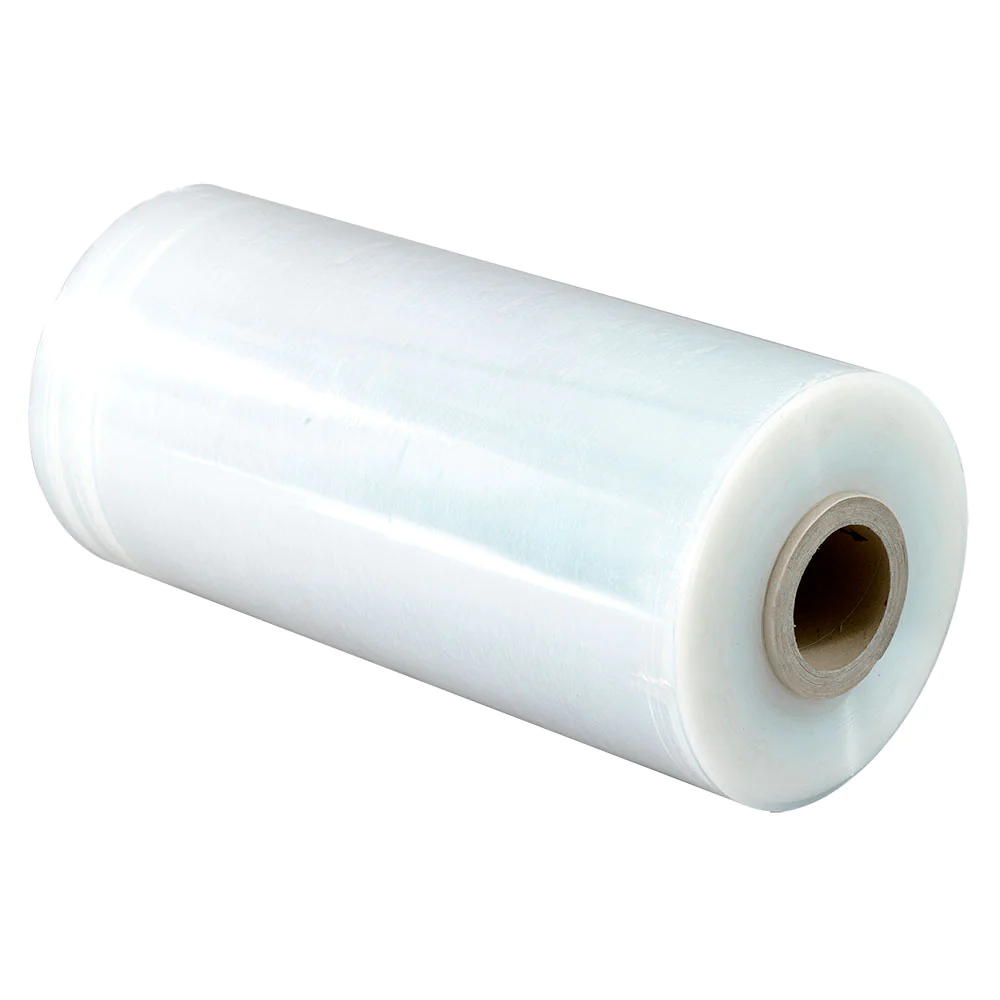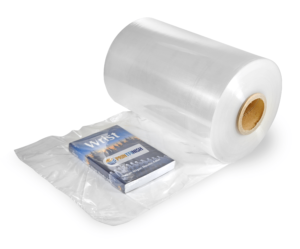In recent years, sustainability has become a paramount concern across industries, and the packaging sector is no exception. As businesses strive to reduce their environmental impact, materials like PVC shrink film have come under scrutiny due to their perceived drawbacks in terms of sustainability. This blog post aims to explore the sustainability concerns associated with PVC shrink film usage, shed light on the evolving landscape of consumer awareness, and discuss potential alternatives and solutions.
The Environmental Impact of PVC Shrink Film
1.1 PVC Production and Disposal:
Polyvinyl Chloride, commonly known as PVC, is a widely used thermoplastic polymer in various applications, including packaging. However, the production of PVC involves the use of chlorine, a process that raises environmental concerns. Additionally, the disposal of PVC can pose challenges, as the material is not biodegradable and can release harmful chlorine gas when incinerated.
1.2 Persistent Environmental Issues:
The environmental impact of PVC extends beyond its production and disposal. PVC can contain additives like plasticizers, stabilizers, and dyes, which may contribute to environmental pollution and pose health risks. This persistence in the environment has led to a growing call for alternatives that are more environmentally friendly.
Consumer Awareness and the Shift Towards Sustainable Packaging
2.1 The Rise of Eco-Conscious Consumerism:
Consumers are increasingly prioritizing environmentally friendly products and are more conscious of the environmental impact of their purchasing decisions. As information about environmental issues becomes more accessible, consumers are demanding transparency and sustainability from the brands they support.
2.2 Influence of social media and Information Sharing:
Social media platforms and online information-sharing have played a pivotal role in spreading awareness about sustainability issues. Consumers can quickly access information about the environmental impact of different materials, leading to a more informed and environmentally conscious consumer base.
2.3 Packaging as a Reflection of Brand Values:
Packaging is often the first point of contact between a brand and a consumer. As sustainability becomes a key factor in purchasing decisions, brands are recognizing the importance of aligning their packaging choices with their environmental values. This shift is evident in various industries, from food and beverages to cosmetics and electronics.
Assessing the Sustainability of PVC Shrink Film
3.1 Recyclability Challenges:
One of the primary sustainability concerns with PVC shrink film is its limited recyclability. While PVC is technically recyclable, the process is complex and not widely available. The presence of additives and the need for specialized recycling facilities make recycling PVC a less straightforward solution compared to other materials.
3.2 Energy Intensive Production:
The production of PVC is energy-intensive, contributing to its overall environmental footprint. The extraction of raw materials, the manufacturing process, and transportation all contribute to the carbon footprint associated with PVC production.
3.3 Persistent Organic Compounds:
PVC shrink film may contain persistent organic compounds, including plasticizers and stabilizers. These compounds can pose challenges in terms of environmental persistence and potential harm to ecosystems, raising concerns about long-term environmental impact.
Sustainable Alternatives to PVC Shrink Film
4.1 PETG Shrink Film:
Polyethylene Terephthalate Glycol (PETG) is emerging as a more sustainable alternative to PVC. PETG is recyclable and does not release harmful gases when incinerated, addressing some of the environmental concerns associated with PVC. Its transparency and strength also make it a viable choice for various packaging applications.
4.2 PLA (Polylactic Acid) Shrink Film:
Derived from renewable resources like cornstarch or sugarcane, PLA shrink film is biodegradable and compostable. It offers a more environmentally friendly option for businesses seeking sustainable packaging solutions. However, PLA may have limitations in terms of heat resistance and strength compared to PVC and PETG.
4.3 Bio-Based Polyolefins:
Bio-based polyolefins, such as bio-based polyethylene and bio-based polypropylene, are derived from renewable resources and offer a more sustainable option for shrink film. These materials can be recycled alongside traditional polyolefins, providing a pathway for a more circular economy.
Industry Initiatives and Innovations
5.1 Sustainable Packaging Certifications:
Various industry certifications and standards, such as the Sustainable Packaging Coalition’s How2Recycle label and Cradle to Cradle certification, help businesses and consumers identify packaging materials with environmentally responsible attributes. These initiatives encourage the adoption of sustainable practices and materials.
5.2 Collaborative Efforts:
As the demand for sustainable packaging solutions grows, businesses across the supply chain are collaborating to find innovative and eco-friendly alternatives. Collaborative efforts between material suppliers, packaging manufacturers, and brands are essential for driving meaningful change in the industry.
5.3 Research and Development:
Investments in research and development are crucial for advancing sustainable packaging technologies. Ongoing efforts to improve the recyclability, biodegradability, and overall environmental performance of packaging materials contribute to the evolution of the industry.
Implementing Sustainable Practices in PVC Shrink Film Usage
6.1 Recycling Programs and Infrastructure:
To address the recyclability challenges associated with PVC, businesses can participate in and support recycling programs. Investing in infrastructure that facilitates the recycling of PVC shrink film can contribute to the reduction of its environmental impact.
6.2 Education and Communication:
Brands can play a pivotal role in educating consumers about the environmental aspects of their packaging choices. Transparent communication about the efforts taken to minimize environmental impact, as well as providing information on recycling options, builds trust and reinforces a brand’s commitment to sustainability.
6.3 Circular Economy Approaches:
Adopting circular economy principles involves designing packaging with end-of-life considerations in mind. This includes ensuring that materials can be easily recycled or composted and minimizing waste throughout the product lifecycle. Businesses can explore ways to align their packaging strategies with circular economy principles.
Conclusion:
Sustainability concerns surrounding PVC shrink film usage are undeniably significant, reflecting the broader shift towards eco-conscious consumerism and responsible business practices. As consumers become more informed about the environmental impact of packaging materials, businesses must proactively address these concerns by exploring alternative materials, implementing sustainable practices, and communicating transparently with their customer base. The ongoing evolution of the packaging industry towards greater sustainability represents not only a challenge but also an opportunity for innovation and positive environmental impact. By navigating these challenges thoughtfully, businesses can contribute to a more sustainable future while meeting the expectations of a growing environmentally conscious consumer base.






